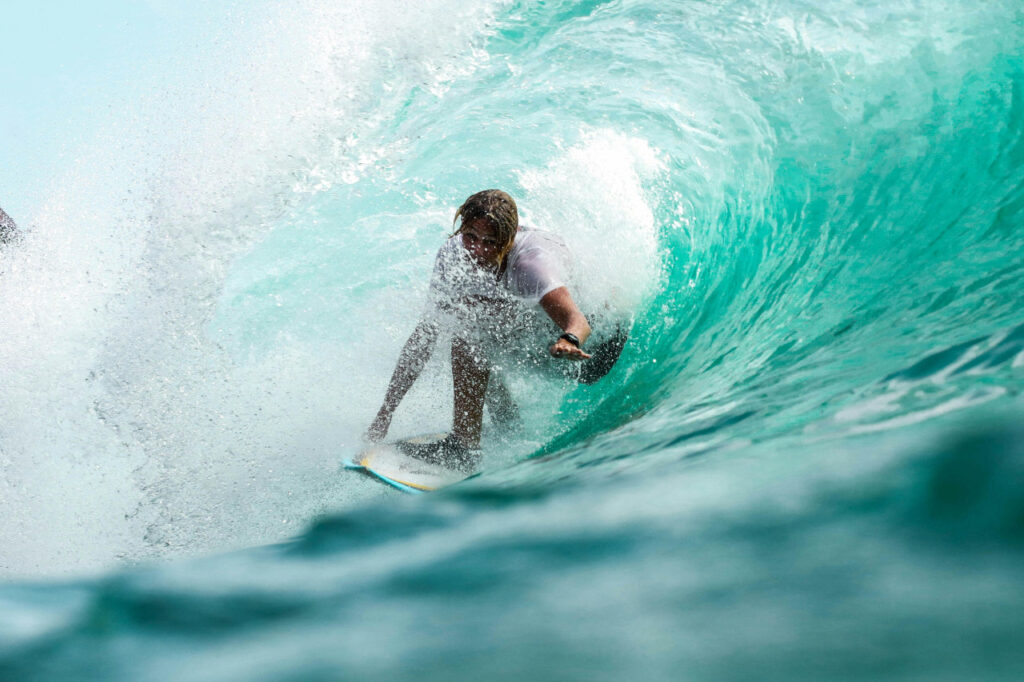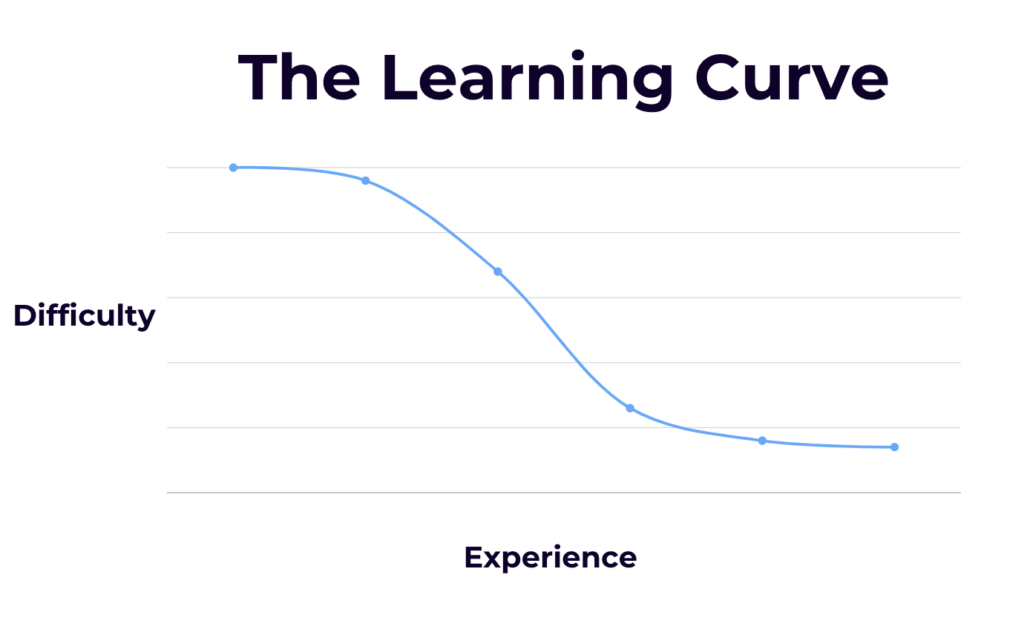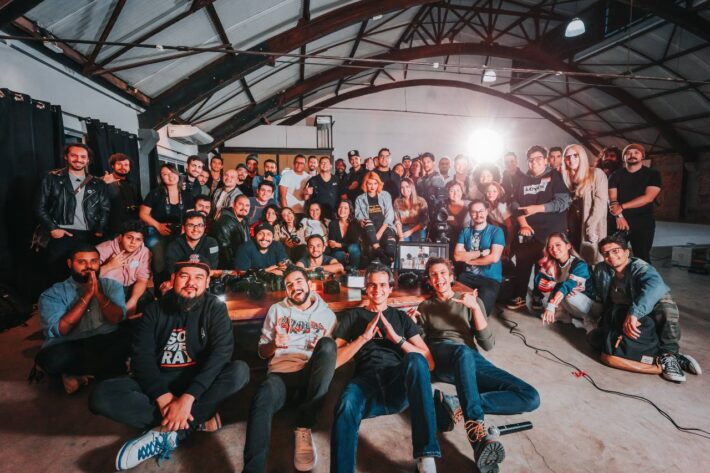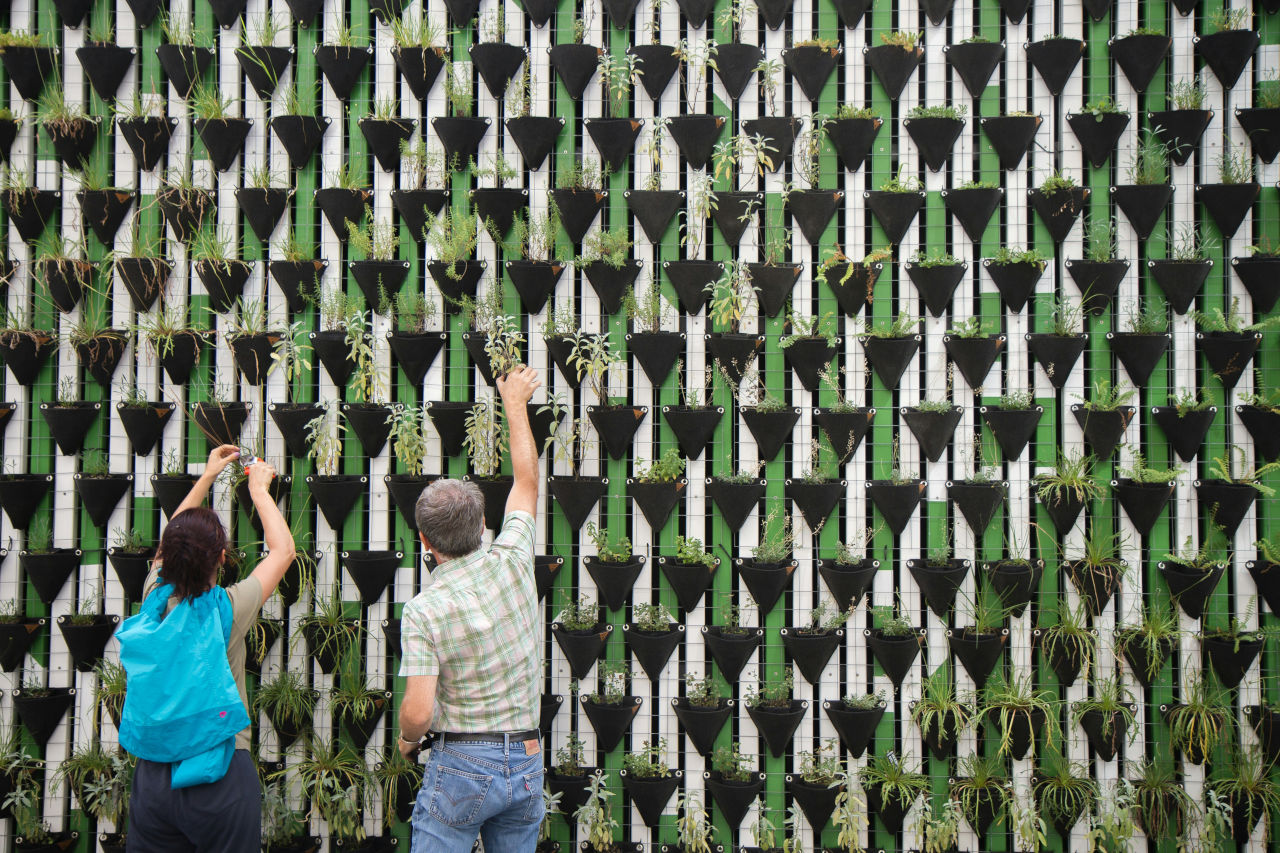Flow States And The Gamification of Experiential Learning

There’s a learning curve to most activities. Things start off difficult and become easier with practice. They can often become so easy that you can do them on autopilot.
The middle ground between these states attracts a lot of interest in several domains.
When the learning curve is on a moderate slope, things are not too difficult, but they’re still pushing your abilities, you’re still learning and improving.
You can harness this ‘goldilocks’ zone for skill development, boosting your focus and engagement, and also improving your mental health and wellbeing.
But in order to reap these rewards you’ll need to walk the delicate balance between each extreme—maintaining motivation in the face of difficulty, and pulling yourself off a plateau of comfort and familiarity.
Accelerating The Learning Curve

Riding a bike was once difficult—you probably started with training wheels, and when those were taken off you might have fallen over and scraped your hand. But you persevered, and eventually riding a bike became second nature.
And you might have been satisfied with that. It might be all you need. But, maybe you wanted more, you wanted to get even better. In that case, just continually riding a bike around the city streets isn’t going to help.
So you increase the difficulty, attempting tricks or traversing new terrains. You left the plateau and put yourself back on that slope of the learning curve.
If you get creative, almost any activity can have its learning curve extended indefinitely. This means that you can get almost indefinitely better.
The sloped curve is a place of skilful engagement, and it’s of intense interest in sports performance, game design, software design, education, and many other fields, including the psychology of happiness and well-being.
There are, in particular, three interrelated concepts worth exploring here, which taken together offer a recipe for peak performance and engagement: flow, experiential learning and gamification.
Flow Psychology And Optimal Experience
When you find yourself fully engaged in a challenging task such that your sense of time is diminished and any self-conscious internal chatter is silenced, you’ve likely entered a flow state.
Athletes and musicians—people who are very susceptible to this state—have often referred to it as ‘being in the zone.’ It was the Hungarian psychologist Mihály Csíkszentmihályi who more formally studied it in the 1970s, and defined it as ‘flow’.
After speaking with many people having entered this flow state, Csíkszentmihályi found that people often said it was when they were happiest. Since then it’s also been shown to improve our performance, creativity and well-being.
When attempting to figure out the conditions that make flow states possible, Csíkszentmihályi landed on a few essential ingredients.
For starters, there must be the right level of challenge. You need enough skill and experience to move quickly and skillfully, but there should also be enough difficulty to stretch those skills a little outside their normal range.
This is the aforementioned slope of the learning curve, the Goldilocks zone.
Too easy, and the task would be boring, giving your mind a chance to disengage and wander; too difficult, and you’ll get stuck, frustrated, and overwhelmed.
You’ll also need clear goals and timely feedback. If you need to make quick decisions, then you need to know what you’re aiming for and whether you’ve achieved it or not. Ambiguous goals and delayed feedback stunt any flow experience.
It’s no wonder sports and artistic performance are hot zones for flow experiences—they each offer plenty of potential for challenges, and you will generally know very quickly if you’ve gone off track.
The Gamification of Experiential Learning
It’s common knowledge that games, particularly video games, are engaging. They’re immersive, fun, challenging, and active.
Compared to other forms of entertainment, such as watching a movie or show, listening to music, or reading a book, games are different in that you need to make decisions and play a central role in the process and outcome.
And most games (at least the good ones) scale the difficulty level. They’ll start off slow, giving you a chance to grasp the basics, and gradually make things more difficult.
That makes video games perfectly adapted for flow. Whether the game designers know it or not, they’re building systems to coax the flow state as consistently as possible, to keep people hooked.
Obviously, most daily tasks and activities lack the fun and engaging qualities of video games, and that’s where gamification comes in.
Gamification is the idea of making use of the principles of game design to improve our performance and interest in other activities. You’ll find it in corporate offices, educational settings, and even household chores.
There are few ways to gamify tasks, but you’ll commonly find some mixture of these:
- A reward for added incentive and motivation. This could be anything and will depend on the domain, it could be a night out at a restaurant or trip away, a gift card or extra day off, or the chance to skip some homework or a test.
- A points system to add some friendly competition. You can have a leaderboard placed in sight to remind people of their positions, and offer badges for reaching particular milestones or accomplishments on their way.
- An added challenge if the task isn’t difficult enough to begin with. For example, set a challenge to cook only with a few ingredients, or to try an entirely new recipe.
Anybody who’s enjoyed a video game has likely enjoyed a flow state, and it’s clear why—they’re literally designed for it. Clear goals, quick feedback, and an increasing level of difficulty that maintains a constant challenge.
That’s what we want out of more than just video games. To gamify a task is to seek ways of situating people on that sloping curve—setting the level of difficulty to match their skills, and improving the rate of feedback.
Experiential “Learning By Doing”
To put it simply, experiential learning is ‘learning by doing’, and should also involve some conscious reflection on the process. It’s getting physically involved in the process, literally to ‘experience’ it, as the name suggests.
You can contrast it with rote learning and memorising, or sitting in a chair and listening or quietly reading. These are passive activities, you’re expected to learn by absorbing information from the outside.
Experiential learning is active, you don’t absorb but construct, you make decisions and forge your own path. You don’t just just learn the theory, you get a ‘feel’ for it.
This is obviously necessary in certain domains, especially those requiring muscle memory, like learning to surf or play the guitar—no matter how much you read, you won’t be very good until you pick up the surfboard or guitar.
But it doesn’t only apply to these activities. While you might learn a lot about philosophy or journalism by reading and listening, you’ll still be better off should you engage in critical thinking and writing.
This way of actively constructing knowledge improves your memory and produces a deeper form of understanding. But the thing is, this form of active construction is more difficult than passive consumption.
Using your brain and body to create a result is much more difficult than watching someone else do it and hoping to learn vicariously.
While you might understand what you read or see, you’ll face unexpected obstacles, exceptions, and complexities you can’t foresee when you try to do things yourself.
But they will get easier, as you practise them and begin to scale the slope of the learning curve.
Strumming your first song, surfing your first wave, and writing your first article, will all be hard at first, but wrestling with those difficulties is exactly how you get better.
Flow, Gamification And Peak Performance
Each of these concepts relies on similar mechanisms to achieve similar goals. They each require setting an adequate challenge with appropriate feedback to forge new skills and improve your performance.
There’s a meta-challenge within this. While flow, gamification, and experiential learning require a challenge, you also need to find ways to maintain that challenge.
You need to increase the level of difficulty over time, so that you are continually struggling and pushing your abilities further.
Sometimes this might be an obvious and easy choice: run faster, get a higher score. Other times it won’t be so straightforward and will require some thought and creativity.
Artists and musicians have a limitless variety of possible challenges to set themselves, and creativity often shines when some arbitrary constraints are put in place.
However you choose to raise the difficulty, it’s important you do so if you desire further improvement. Otherwise, you’ll settle on a plateau.
Consider that, despite people typing on keyboards for years, it’s not common to continue improving indefinitely.
If you keep reliably hitting the same target, it’s time to move it.



